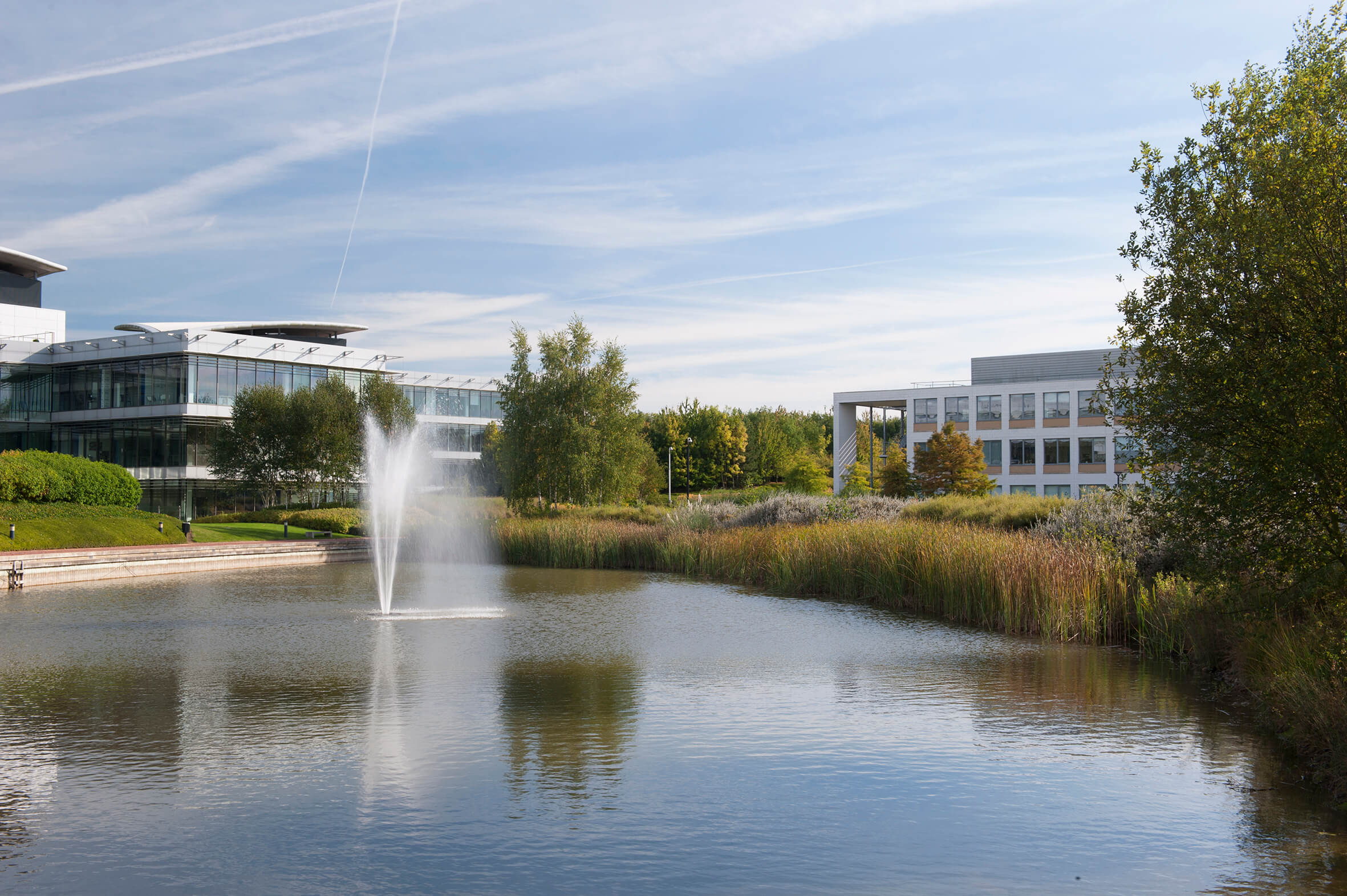Sodium-ion batteries
New Battery Technologies and the Energy Transition
02 May 2024
The sodium-ion batteries (SiB) commercialisation pathway is promising, but is fraught with uncertainty
The commercialisation of sodium-ion batteries has accelerated over the last couple of years, and we continue to receive many questions about this technology’s potential impact on global lithium-ion battery market shares. At first glance, the overall advantages are very clear - sodium is a cheaper, much more abundant element than lithium. However, claiming that these attributes will lead to a lower-cost alternative to using LiBs is, in our view, short-sighted. For one, despite early-stage commercialisation, SiB technology is still nascent, and there are many uncertainties that will need to be resolved before any beneficial claims can be confirmed.
The bottom line is that SiBs' potential cost savings will only be realised when we see some standardisation across cathode materials and improvements to sodium and hard carbon production methods.
SiB commercialisation is accelerating quickly
The quest for alternatives to lithium-ion batteries continues to evolve, given the supply chain constraints and geopolitical realities of the battery materials involved. However, while most next-generation technologies in development have significant technical hurdles to overcome before commercialisation, SiBs are here. The technology has already been introduced in power tools by Tiamat (France) and a few EV prototypes with energy densities between 120 – 160 Wh/kg, vehicle ranges between 230-250 km and fast charging to 80% between 15-30 minutes, have been displayed at various Chinese auto shows over the past year.
Furthermore, research and patent activity has increased dramatically, especially in the last five years, and our research shows that SiBs are now closely following the commercialisation path of LiBs, albeit at a much more rapid pace. Chinese car manufacturers introduced vehicles powered by SiBs in the latter half of 2023. The speed at which sodium-ion battery capacity is being built is largely due to the government incentives involved in growing the country’s domestic EV battery industry.1, 2.
-
JAC introduced the Sehol E10X prototype in early 2023, equipped with a SiB from HiNa Battery Technology. A few months later, the Yiwei brand was introduced, which includes a SiB battery model in its line-up. Yiwei is a 50-50 joint venture between the JAC group and Volkswagen, and it has been reported that deliveries have already begun.
-
CATL was the first company to announce the launch of a 160Wh/kg SiB that can charge in to 80% in 15 minutes in 2021. The technology was adopted by Chery and the company has a goal of creating a second-generation version of 200 Wh/kg.
-
BYD is the largest EV manufacturer in the world and the only company that is not state-owned on this list. The company recently broke ground on its new 10 billion yuan 30 GWh sodium-ion battery factory in the city of Xuzhou in the Jiangsu province. The company already has over 60GWh of lithium-ion battery capacity in place to support its own vehicle production and various joint ventures.
-
JMEV (a joint venture with 50% ownership by Renault SAS) has introduced the EV3, which is equipped with Farasis Energy’s 140-160 Wh/kg Na-Ion battery and has been in production at the company’s plant in Jiangxi province since January 2024.
Abundance does not necessarily result in direct cost reductions
SiB batteries employ sodium, an abundant, lower-cost alternative to LiBs, and the technology does not require other geographically concentrated metals such as nickel and cobalt. It is widely believed that sodium’s ubiquity (sodium is 1,150x more abundant than lithium) could mitigate geopolitical risk, enhance energy security, and lower the CO2 footprint of the energy transition. However, the abundance of the key material is only part of the battery cost equation, and we see high developmental uncertainty that cannot yet be accurately captured in market forecasts at this juncture. Although there are a few cost savings on top of using sodium instead of lithium (e.g., using aluminium current collectors instead of copper), the low technological readiness and material changes to key components add substantial risk to the market potential of this technology.
-
Market forecasts remain highly uncertain given the low level of technological readiness and lack of scaleable manufacturing. A massive amount of investment will be needed to scale the technology beyond the EV prototype stage (TRL – 8 through to TRL – 10). Currently, SiBs are about 10 years behind LiB commercialisation, but since the manufacturing process is similar to LiBs, that time frame will likely be much shorter. However, as we have seen in LiBs, significant changes to manufacturing processes, auxiliary systems (e.g., cooling) and battery management systems when even small changes, such as reducing cobalt content, were made, leading to a high level of developmental and scale-up risk.
-
China may be more advanced in SiB manufacturing but lacks sustainable supply chains. The main precursor to produce battery-grade sodium is soda ash, an essential ingredient in glass manufacturing, powdered detergents, metallurgical processes, and the food and health industries. It is also used to convert lithium-rich brine into battery-grade lithium carbonate. However, China does not have natural soda ash resources, and 92% of the world’s proven reserves are in the US state of Wyoming. Currently, synthetic soda ash is being produced using coal-powered plants in a manner that is physio-chemically complex and generates environmentally degradative inorganic wastes. As sustainable methods of sodium procurement are developed, it is highly likely that this will increase the overall costs of the battery system.
-
More changes to the system = higher developmental risk and uncertain cost impacts. A ‘tweak’ is never a ‘tweak’ when it comes to battery chemistry, and more changes to the battery system increase developmental and scale-up risk, let alone a complete overhaul of the battery system. Sodium cannot intercalate with traditional graphite anode due to a size mismatch which has been shown to lead to instability. Although there is research to remedy this issue, first-generation SiBs will use hard carbons instead of graphite as the principal anode material, which does not perform as well and is more expensive (natural graphite: $10/kg vs hard carbon: $15/kg). To be a viable option, manufacturing new kinds of anodes would need to be tested in real-world situations and scaled up to meet market demand.
-
Minimising nickel and cobalt dependence will likely lead to other. Typical cathodes used in SiBs are layered oxides NaMO2, where M=Mn, Fe, Al, Ti, Ni, V, and Co and although they have a reasonable specific energy and cycle life, they are sensitive to air and an unstable crystal structure, thereby increasing costs. Other materials such as polyanions and Prussian Blue analogues (PBAs) are also being considered as they are more stable but have lower specific energy by comparison. There is a larger variety of layered oxide combinations available due to the larger atomic radius of sodium compared to lithium, and battery makers are using different combinations that may or may not include critical metals.
SiBs only have a slight cost advantage when lithium prices are below $30,000/t
China lithium prices, $/tonne

Source: SFA (Oxford), SMM, Peter et al., 2019
Cell price, €/kWh

China remains firmly in the lead
-
China is leading the way with 40 GWh of SiB capacity in 2023 and is forecasted to grow to 175 GWh in 2030. According to IRENA, production capacity for SiBs is expected to more than quadruple from 42 GWh in 2023 to 186 GWh in 2030. Researchers in the US and Europe have been developing the technology behind the scenes for some time. UK-based Faradion and AMTE have been developing the technology since 2011 and 2013, respectively.3 However, most companies outside China are developing SiBs for stationary storage rather than developing EV market technology. Northvolt AB plans to be the first company to commercialise SiBs that use Iron-based Prussian-white cathodes. A few start-ups in the US, such as Natron and Unigrid, are developing SiB technology for ESS applications.

Source: SFA (Oxford)
About sodium-ion battery technology
SiBs are theoretically cheaper, safer, have a wider temperature operating range and are believed to have a simpler recovery recycling process compared to LiB technology. SiBs use an electrolyte with a higher flashpoint (↑ safety), slower discharge rates and withstands cold temperatures better compared to LiBs. However, SiBs also have a lower energy density, lower cell voltages, and have electrodes that degrade faster compared to lithium-ion batteries, thereby reducing their performance, lifespan and applicability for applications that require high-energy batteries.
Footnotes
1Investment in battery technology has been a focal point in China’s Five-Year-Plans for decades. For example, the 13th Five-Year-Plan included the creation of 27 projects to develop advanced battery systems where 750 million yuan was invested in 13 projects. Li et al. (2022): https://doi.org/10.1016/j.etran.2022.100201.
2Although the point-of-sale subsidies have been phased out, another incentive package worth a total of 520 billion yuan was unveiled in July 2023 where EVs purchased in in 2024 and 2025 will be exempted from sales tax up to a maximum of 30,000 yuan and 15,000 yuan in 2026 and 2027.
3India-based Reliance acquired Faradion in 2021, and Amte Power was acquired by Dutch firm LionVolt in 2024.
Join us for the Oxford Battery Metal Lectures on May 9, 2024

Bringing together major industry players to present next-generation lithium supplies, batteries and EVs. Environmental and political pressures, as well as consumer expectations of cheaper cars, faster charging, and longer range, are forcing changes in mining methods, battery technologies, and manufacturing processes, creating a rapidly-evolving EV supply chain. This event is unique, and at just £400 for in-person attendance and group discounts are available too. To attend please download and complete the booking form by clicking on the link below, and return to platinumevent@sfa-oxford.com.
Addressing the key questions
On Thursday 9th May, SFA (Oxford) will bring together key industry leaders to engage in a healthy debate on the next-generation lithium supplies, batteries and EVs. Our expert speakers will address the key questions facing the rapidly-evolving battery metals value chain:
-
According to SQM, one of the world’s largest sustainable lithium suppliers, how much can we expect supplies to grow?
-
Can we successfully apply new extraction technologies to limit water use?
-
What is the future of EV batteries according to the world’s biggest battery maker, CATL?
-
How do cathode material suppliers BASF balance the requirements of OEMs and supplies?
-
Assuming we commercialise solid-state batteries, what is Porsche Consulting’s perspective?
-
What is their potential impact on raw material supply chains?
-
What challenges do OEMs face when convincing consumers?
-
What strategies does MINI implement to accelerate EV adoption?
-
What do EV Volumes expect for EV sales in future considering slowing sales growth?
-
How important is battery recycling going to be?
The Oxford Battery Metals Lectures is part of our annual event at which we pull together an international and diverse audience, representing a broad range of companies that spans battery metals producers, refiners, fabricators, pCAM and CAM producers, end-users, lithium-ion battery recyclers, and investors, to join us in the world-renowned scholarly city of Oxford, to stay at the forefront of industry developments and network with peers who share our passion and expertise.

The Oxford Battery Metals Lectures are held at the world-renowned Oxford University Museum of Natural History.

The prestigious Oxford lectures




Brought to you by

Kimberly Berman
Energy Transition Technology and Metals Specialist

How can we help you?
SFA (Oxford) provides bespoke, independent intelligence on the strategic metal markets, specifically tailored to your needs. To find out more about what we can offer you, please contact us.
